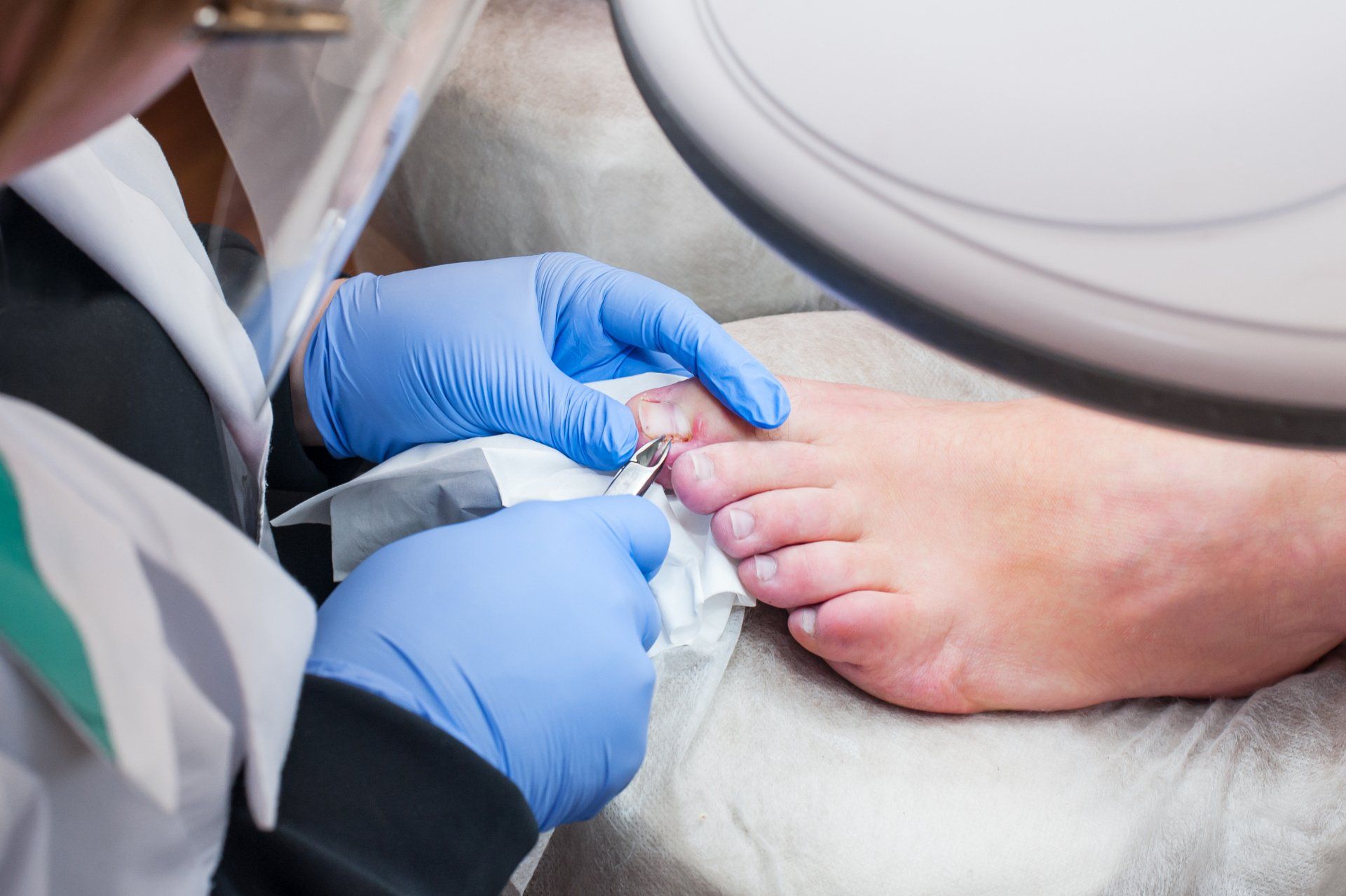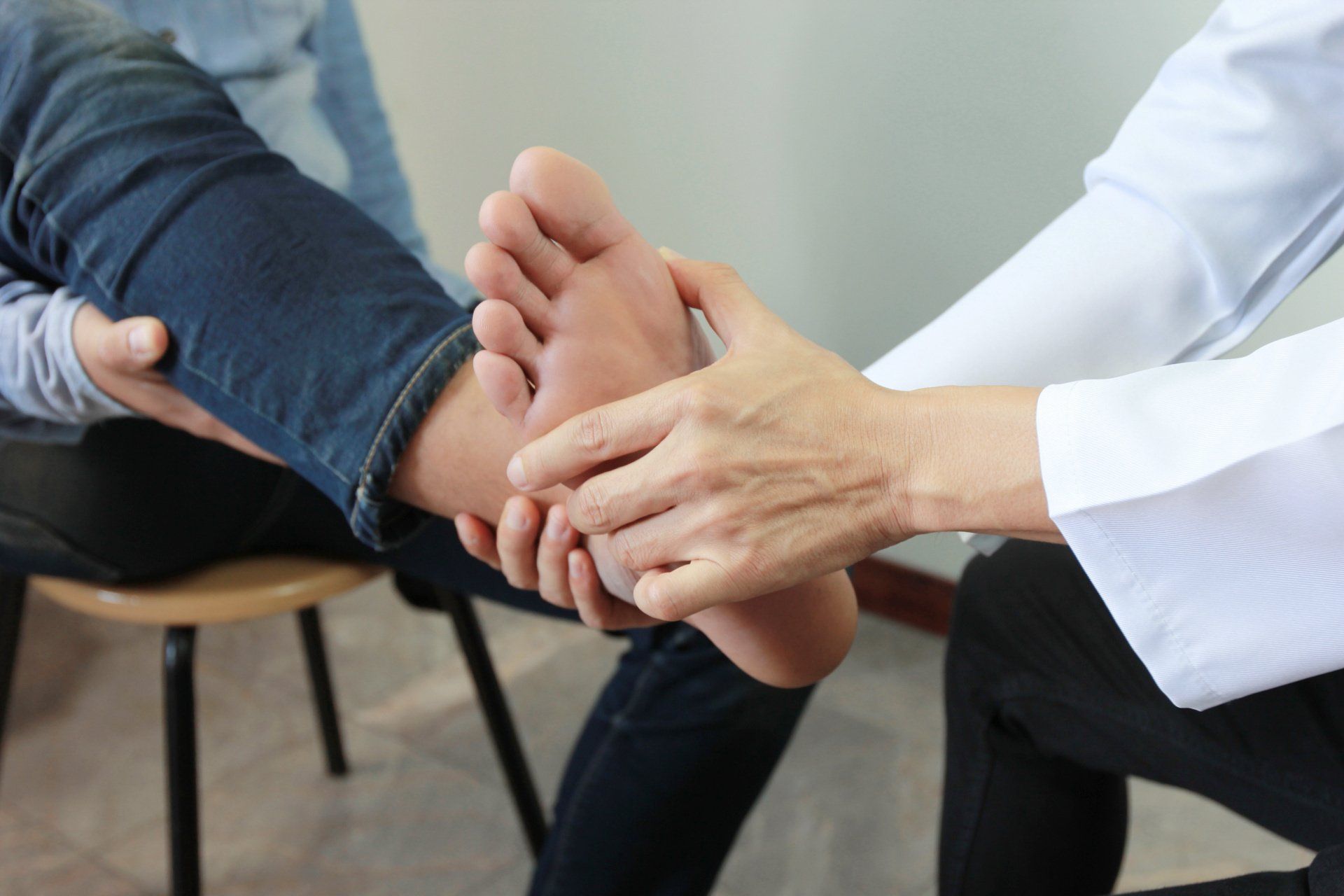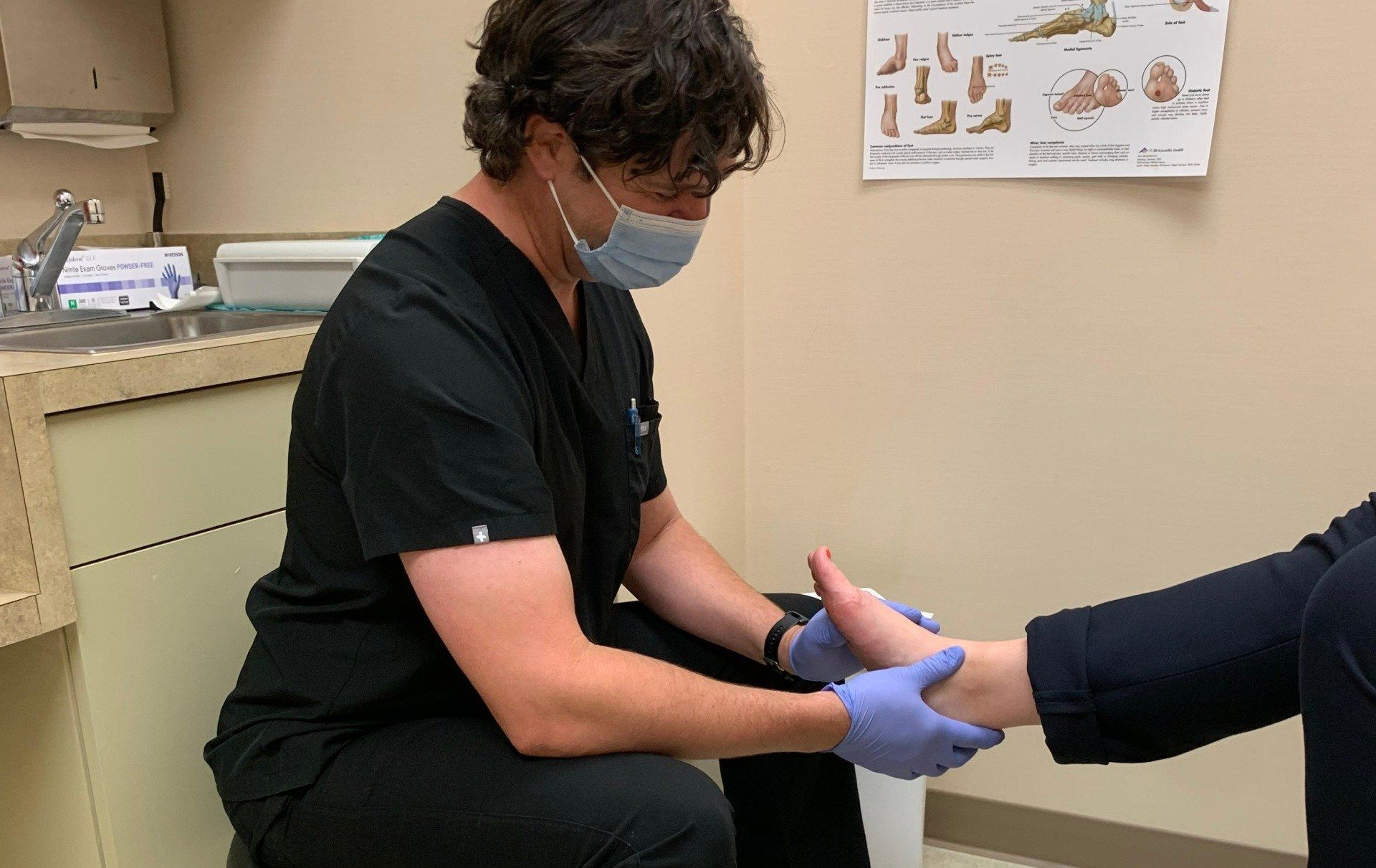Flatfeet Treatment in Baton Rouge
Flatfeet Overview
While we are all born with flatfeet, the arch of the foot begins to develop as toddlers start taking their first steps and continues throughout childhood. This arch will help the foot comfortably bear weight and absorb shock with movement. However, for some individuals, this arch development never happens, leaving them with flatfeet.
The condition can occur to varying degrees. In some patients, a slight arch may be visible when the foot is not weight-bearing. This is known as flexible flatfoot. In cases of rigid flatfoot, however, no arch is present regardless of bearing weight or foot position. In addition some patients can suffer from fallen arches in adulthood due to weakening of the arch’s supportive tendon over time.
What Causes Flatfeet?
There are various potential causes of flatfeet, depending on the specific form present:
- Flexible Flatfeet - Flexible flatfeet are the result of loose ligaments in the foot. It is a hereditary condition and is often observed in patients who also have Down’s Syndrome.
- Rigid Flatfeet - Abnormal foot development, either due to a medical condition or genetics, is the common cause of rigid flatfeet. However, it may also develop in adulthood in those who are overweight and sedentary. The development of flatfeet in adulthood is generally a gradual process, although an injury can also be responsible.
What are the Symptoms of Flatfeet?
Fortunately, most patients with flatfeet will not experience any complications. However, others may experience symptoms such as:
- Pain – Pain associated with flatfeet can occur in the foot, inner ankle, or lower leg. This discomfort tends to be most noticeable during times of physical activity.
- Bunions – A bunion is bony lump that appears at the base of the big toe due to misalignment of the bones. This misalignment can often be attributed to or made worse by ill-fitting shoes, a common problem for patients with flatfeet.
- Plantar Fasciitis – Pronation of the foot refers to the foot’s natural motion when you walk. Normally, this involves a slight roll inward with each step. However, patients with flatfeet have a tendency for overpronation which can lead to strain on the plantar fascia that runs along the bottom of the foot.
How are Flatfeet Diagnosed?
A foot and ankle specialist can generally identify flatfeet on sight alone. For a complete diagnosis, your doctor will likely observe your foot from different angles while having you sit, stand, and walk. He or she may also order imaging tests such as an x-ray to determine the extent of your condition and to rule out other conditions which may also be contributing to pain.
How are Flatfeet Treated?
If flatfeet are not causing problems, no treatment is needed. For those who are experiencing complications, treatment options may include:
- Orthotics – Shoe inserts, or arch supports, may be recommended to help combat discomfort associated with flatfeet. These may be purchased over-the-counter or custom made.
- Shoes – Having the right footwear can make all the difference for flatfeet. A specialized running or shoe store is a good resource with experts on hand to help you find the shoes that will work best with your foot type.
- Physical Therapy – An orthopedic physical therapist can help by providing specific stretching techniques and exercises to help prevent injury and improve comfort in the feet.
Can Flatfeet be Prevented?
For the majority of patients, flatfeet are hereditary and cannot be prevented. However, there are many steps that can be taken to prevent complications and worsening of the condition. These include maintaining a healthy and active lifestyle, wearing supportive shoes, using arch supports, and consulting with a specialist.
Flatfeet Specialists in Baton Rouge
PATRICK B. HALL, D.P.M.
Podiatric Surgery
Foot & Ankle Specialist
RELATED READING





